This article was co-authored by wikiHow Staff. Our trained team of editors and researchers validate articles for accuracy and comprehensiveness. wikiHow's Content Management Team carefully monitors the work from our editorial staff to ensure that each article is backed by trusted research and meets our high quality standards.
This article has been viewed 10,332 times.
Learn more...
When riding your street bike from point A to B isn’t an option, the next best way to get it there is to transport it on a trailer. Make sure you have the proper equipment including a ramp, step stool, and high-quality ratchet tie-down straps. You’ll also want an extra pair of hands to spot you and help you load your bike onto the trailer. Once you have all these things ready to go, it’s a relatively straightforward process to load and tie down your street bike so you can take it on the road safely and securely.
Steps
Loading the Bike onto the Trailer
-
1Park your trailer on flat, even ground with room to maneuver your bike. Pick somewhere flat and even to load your street bike onto the trailer. Park your trailer so that it is as level as possible and you have plenty of room to load the bike on.[1]
- For instance, if you’re loading your street bike onto a trailer from your home’s garage and you have a flat driveway, back the trailer straight into the driveway.
- You can use either a specialized motorcycle trailer or any kind of flatbed equipment trailer to transport a road bike.
- You can follow the same steps to transport a bike in the back of a pickup truck.
-
2Set up a motorcycle loading ramp in line with the wheel chock in the trailer. Place 1 end of the loading ramp directly behind the trailer’s wheel chock on the edge of the trailer bed and the other end on the ground. Use the ramp’s safety chains or straps to secure it to the back of the trailer, so it doesn’t slip while you’re loading your bike.[2]
- A wheel chock is a frame attached to the bed of some motorcycle trailers that keeps the front wheel of a bike from moving while it’s being transported.
- If your trailer doesn’t have a wheel chock, you can get one online for under $100 USD and bolt it to the bed of your trailer.
- If you aren’t using a trailer with a wheel chock, just place the ramp in the middle.
- You buy a steel motorcycle loading ramp online for under $100 USD.
Advertisement -
3Hook 1 ratchet tie-down strap to an anchor point near each corner of the trailer. Find 2 secure anchor points near the front of the trailer, such as attached D-rings or holes in the metal frame, and hook a ratchet tie-down strap to each one. Attach 2 more straps to 2 secure anchor points at the back of the trailer.[3]
- Depending on the model of trailer you’re using, there might be rings or holes on the frame or in the bed that are meant to be used as anchor points.
- If there aren’t rings or holes to use for anchor points, you can hook the straps to a solid metal part of the frame.
- Any kind of strong canvas ratchet tie-down straps will work for this. Avoid using cam buckle straps because they are less reliable and can come loose.
-
4Place a step stool to the left of the ramp close to the back of the trailer. Set a sturdy step stool on the ground to the left of the ramp, but close enough that you will be able to comfortably wheel the bike up the ramp. Position it close enough to the back of the trailer that you will be able to use it to easily step up into the trailer.[4]
- If you don’t have a step stool, you can use something strong and sturdy like a turned-over milk crate.
- If your trailer is low enough that you can easily step up into it from the ground, you don’t need a step stool.
-
5Line your street bike up with the ramp with a spotter behind it. Hold your bike by the handlebars and stand to the left of it. Push it up to the bottom of the loading ramp, so the front wheel of the bike is lined up straight with the ramp. Get a helper to stand behind the bike with both hands on the back of the bike.[5]
- Never try to ride your bike up a ramp to load it into a trailer. It’s very easy for an accident to happen this way and you’re likely to damage your bike or get hurt.
-
6Push the bike up the ramp slowly in 1 continuous motion. Start pushing the bike up the ramp using the handlebars while your helper pushes it straight up from behind. Step up onto the step stool when you reach it, then step up again into the trailer, continuing to push the bike up the ramp the whole time.[6]
- Don’t stop pushing the bike in the middle of the ramp or it can start rolling back down again.
-
7Roll the bike’s front wheel into the trailer’s wheel chock, if it has one. Keep pushing the bike straight once you get it all the way up the ramp and into the trailer. Push it until the front wheel is securely in the wheel chock and the bike won’t move forward any farther.[7]
- If your trailer doesn’t have a wheel chock, push the bike forward until the front wheel is against the front wall of the trailer bed.
- Don’t put your kickstand down when you’re done putting the bike into place because it can easily damage the bed of your trailer or get broken if you hit bumps or potholes.
- Have your spotter keep holding the bike straight and steady while you tie it down.
Tying the Bike Down
-
1Hook the 2 front tie-down straps over the bike’s handlebars. Place the hooks of the front straps over the metal part of the handlebars on each side. Avoid wires, cables, and any other soft parts of the handlebars that the hooks could damage.[8]
- Never hook your tie-down straps over anything that could bend or break. Always use hard, strong metal parts of your bike to secure the straps to.
-
2Ratchet the front straps tight until all the slack is out, starting at the left. Tighten the left front strap until it is slack-free. Repeat this for the right front strap, so the bike is sitting straight upright and there is no slack in either of the front straps.[9]
- Avoid over-tightening the straps. The goal is to get them tight enough that there is no slack, but not so tight that your bike can’t absorb some shock when you go over a bump, which could damage its suspension seals.
-
3Attach the 2 rear tie-down straps to the bike’s passenger pegs or rear frame. Pick a secure piece of metal like the passenger pegs or rear subframe at the back of your bike to hook the rear straps to. Hook the ends of the straps over your chosen fixing points and make sure they won’t slip off.[10]
- Don’t pick anywhere too low on the bike to attach the straps. It’s best if they are at about a 45-degree angle from the bike down to the anchor points on the trailer.
-
4Tighten the rear straps while your helper compresses the rear suspension. Have your assistant press down on the back of the bike to compress its rear suspension. Ratchet both of the back straps tight until there is no slack in either of them.[11]
- Once your helper lets up on the rear suspension, the back of the bike will rise up and add tension to the rear straps to keep it extra secure.
- Remember not to tighten the straps so much that the bike’s suspension will remain all the way compressed. It still needs to be able to absorb some shock when you drive over bumps or rough terrain.
-
5Check to make sure all the tie-downs are tight and the bike doesn’t move. Pull on each of the 4 straps to make sure they are tight and there is no slack in any of them. Make sure the bike doesn’t rock back and forth or side to side. Make any final adjustments to the straps as needed until everything is secure.[12]
- It’s a good idea to check the straps periodically while you’re on the road as well. For example, if you stop for food, coffee, gas, or a bathroom break, hop in the trailer and double-check everything again.
-
6Put 1-2 straps across the top of the bike if you’ll be driving over rough terrain. Hook an additional ratchet strap onto an anchor point on each side of the trailer, so it’s going directly across the seat of the bike. Ratchet the strap all the way tight for additional safety stability. Add a second safety strap if you want to be extra secure.[13]
- For example, if you’re going to be transporting your road bike over bumpy, off-road terrain or on particularly windy roads, an extra strap or 2 for stability could be a good idea.
- This isn’t usually necessary if you’re taking the trailer on average roads.
Warnings
- Always have a spotter help you load your bike into a trailer. Otherwise, you can get hurt or drop and damage your bike.[16]⧼thumbs_response⧽
- Use only high-quality ratchet tie-down straps to tie your bike down. Don’t use ropes or cheap straps that could come undone or break and cause your bike to fall over and get damaged.[17]⧼thumbs_response⧽
Things You’ll Need
- Loading ramp
- Step stool
- 4 ratchet tie-down straps
References
- ↑ https://www.motorcyclecruiser.com/right-way-to-tie-down-and-transport-your-motorcycle/
- ↑ https://www.motorcyclecruiser.com/right-way-to-tie-down-and-transport-your-motorcycle/
- ↑ https://www.rideapart.com/articles/254681/ask-rideapart-how-do-i-load-and-tie-down-a-bike/
- ↑ https://ridermagazine.com/2018/04/03/tips-transporting-a-motorcycle/
- ↑ https://ridermagazine.com/2018/04/03/tips-transporting-a-motorcycle/
- ↑ https://ridermagazine.com/2018/04/03/tips-transporting-a-motorcycle/
- ↑ https://ridermagazine.com/2018/04/03/tips-transporting-a-motorcycle/
- ↑ https://www.rideapart.com/articles/254681/ask-rideapart-how-do-i-load-and-tie-down-a-bike/
- ↑ https://www.motorcyclecruiser.com/right-way-to-tie-down-and-transport-your-motorcycle/
- ↑ https://canadamotoguide.com/2018/06/07/how-to-strap-down-your-motorcycle/
- ↑ https://canadamotoguide.com/2018/06/07/how-to-strap-down-your-motorcycle/
- ↑ https://www.motorcyclecruiser.com/right-way-to-tie-down-and-transport-your-motorcycle/
- ↑ https://www.rideapart.com/articles/254681/ask-rideapart-how-do-i-load-and-tie-down-a-bike/
- ↑ https://www.rideapart.com/articles/254681/ask-rideapart-how-do-i-load-and-tie-down-a-bike/
- ↑ https://www.motorcyclecruiser.com/right-way-to-tie-down-and-transport-your-motorcycle/
- ↑ https://ridermagazine.com/2018/04/03/tips-transporting-a-motorcycle/
- ↑ https://canadamotoguide.com/2018/06/07/how-to-strap-down-your-motorcycle/
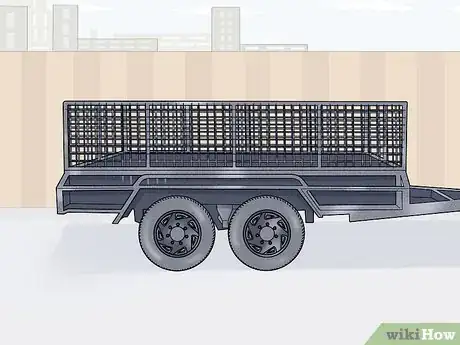
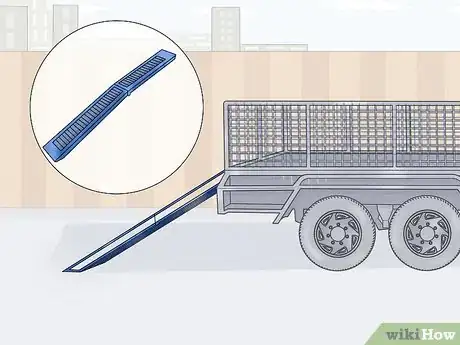
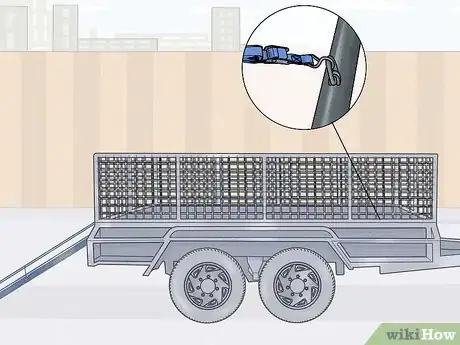
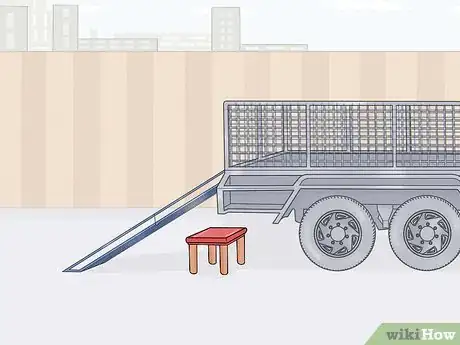

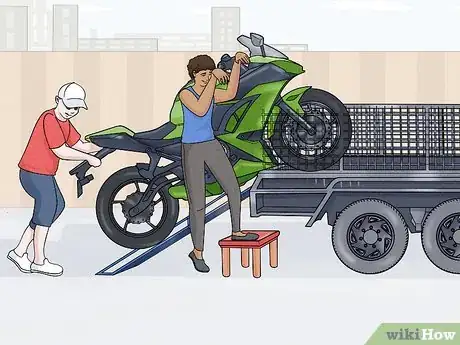
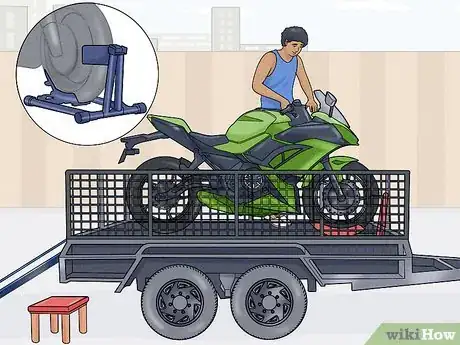
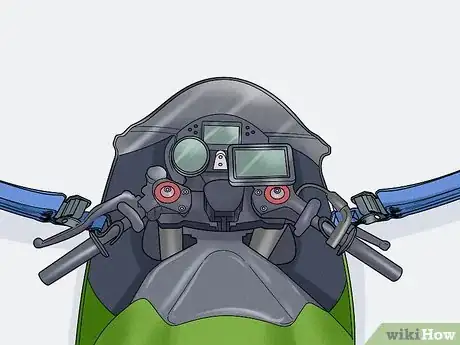

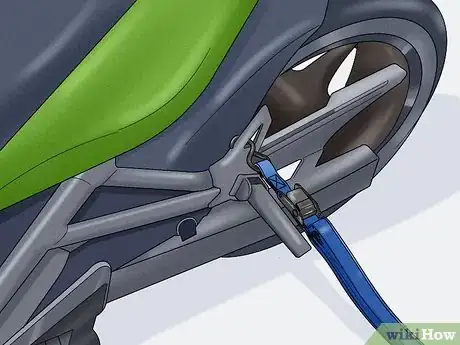

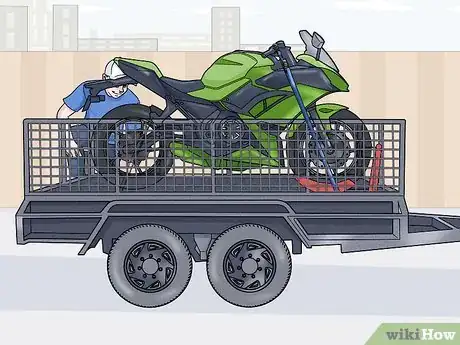
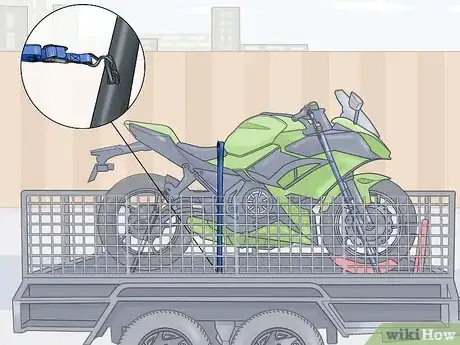
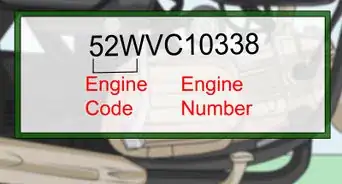
-Step-13.webp)
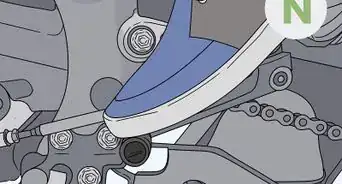

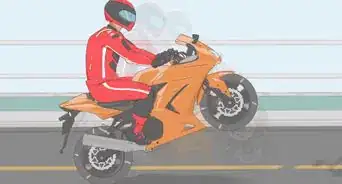
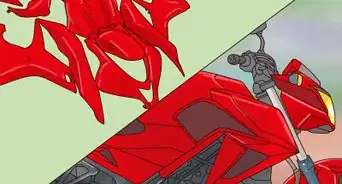
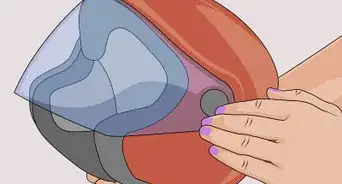

-Step-17.webp)
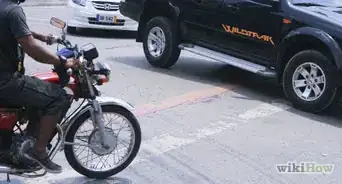
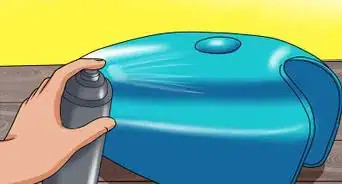







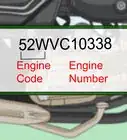
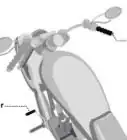
-Step-13.webp)



































